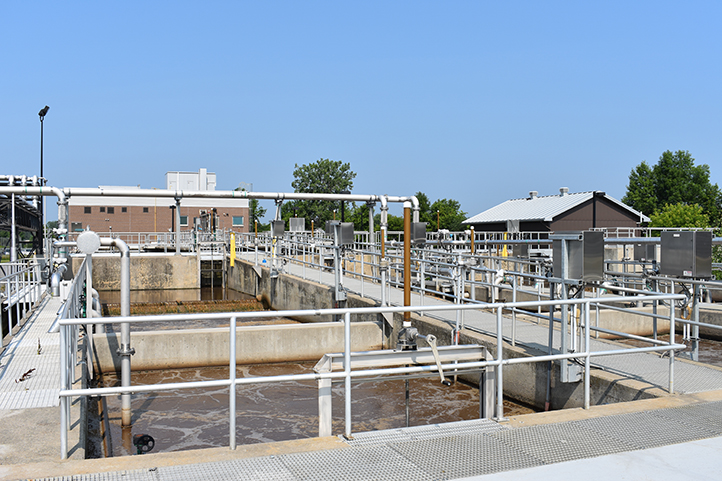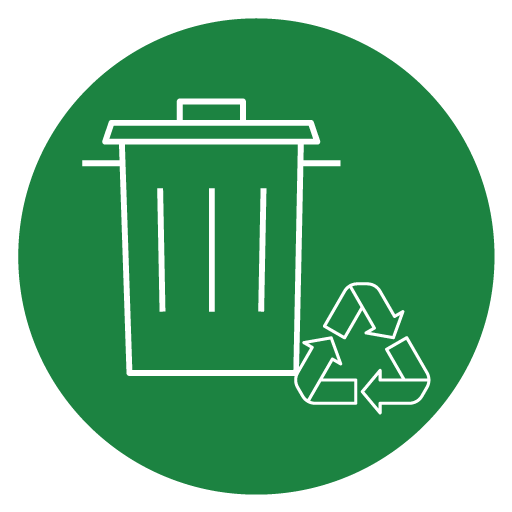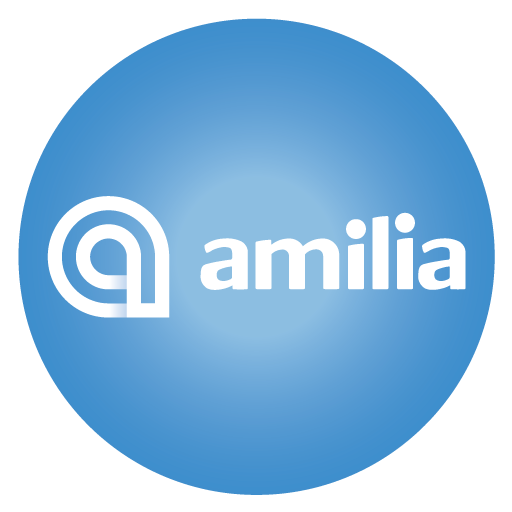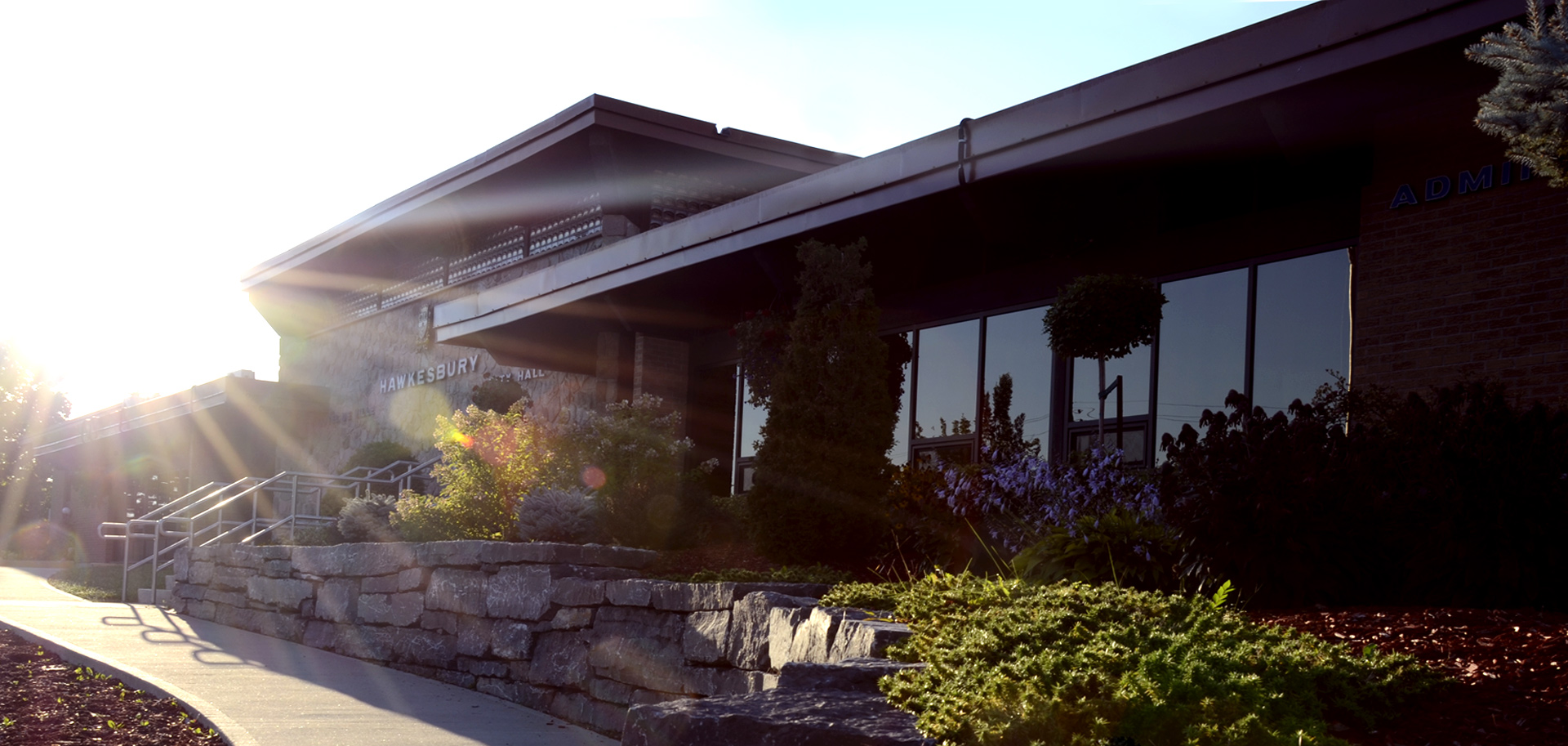Roadworks
The Public Works Department is responsible for numerous municipal facilities. Its first priority is the public safety on the Town 54 kilometer road network, sidewalks, shoulders, bridges, culverts and drainage ditches.
The department winter maintenance program includes salting and sanding, snow plowing and snow removal. All road maintenance programs meet the provincial standards.
The department is also responsible for the performance and/or supervision of improvements or repair to the municipal water, sanitary and storm sewer networks.
The department looks after the performance and repair of other municipal installations such as parks, playgrounds, wharfs, municipal buildings, public outdoor lighting and parking areas.
Drinking Water
Drinking water system
The Hawkesbury drinking water system consists of a raw water pumping station that draws water from the Ottawa River, a drinking water treatment plant, a drinking water distribution system and a remote water storage standpipe with a booster pumping system. Drinking water is distributed to the citizens of the Town of Hawkesbury and to three different sectors in the Township of Champlain.
The water treatment plant consists of a conventional treatment process based on coagulation/flocculation followed by clarification and filtration. The plant is equipped with two dynamic clarifier package units, three high rate sand/anthracite filters, a two-cell clear well of a capacity of 2,300 m³ each and four high lift pumps that supplies treated water into the Town’s distribution system and standpipe.
The Town completed two upgrade phases to the plant between 1996 and 2005. The first phase consisted of upgrades to the Supervisory Control and Data Acquisition (SCADA) system at the booster station. The second phase consisted of a chemical room construction for the coagulant.
Did you know?
- That the drinking water treatment plant was built in 1953?
- That it takes about 2 days for the water from the Ottawa River to reach your home tap?
- That our water storage standpipe contains approximately 5,450 m³ of drinking water, or the equivalent of a day's production of water?
- That there are over 35 kilometres of underground watermains in Hawkesbury?
- That our drinking water distribution system has more than 350 fire hydrants?
- That the town of Hawkesbury's distribution system serves approximately 3,917 drinking water services in its own town and approximately 1,456 services in the Township of Champlain?
Annual Reports
Summary Reports
Waste water
Wastewater system
The Town’s wastewater collection system consists of over 45 km of sanitary sewers, 6 km of combined sewers, a raw sewage pumping station and a wastewater treatment plant. The plant has an average daily capacity of 14,000 m³ and a peak flow of 41,000 m³. Wastewater that leaves all homes and businesses in the Town is conveyed via gravity through the underground sanitary sewer system towards the wastewater treatment plant.
The wastewater treatment plant uses the activated sludge process as treatment. It consists of two screens, two vortex grit removal, three primary clarifiers, three aeration tanks, four secondary clarifiers and 128 ultraviolet lamps for disinfection. Once the treatment process is completed, the disinfected supernatant is discharged into the Ottawa River.
The sludge treatment consists of two aerobic digester and of one sludge stabilizer which is then thickened by two centrifuges. Once the treatment process is completed, the biosolids are dehydrated before being disposed of on approved and certified farmlands for amendments.
Did you know?
Many items cannot be poured down the sink drain or in the toilet. Why? When bonded together, they can cause clogging problems in residential sewer lines, the municipal sanitary sewers and the wastewater treatment plant. In addition, toxic products can cause harmful effects on the environment, as they cannot be 100% eliminated through the wastewater treatment process.
To avoid these situations, the following type of products should never be flushed down the toilet or poured down a drain:
- Hygiene products (sanitary, disposable diapers, cotton balls, cotton swabs, dental floss, condoms, bandages, wipes…even those labelled “flushable”)
- Food products (grease, fats, oil, food)
- Household products (paint, pesticides, solvents, nail remover, cleaning products)
- Other (hair, contact lenses, medication, cat litter, paper towel, cigarettes)
Annual Reports

Public Works
The Technical Services Department is a group of employees with diverse expertise working together towards the achievement of all private and public projects.
The team is composed of the Public Works Superintendent, the Project Manager, Civil Engineering, the Planner and the Chief Building Official. Depending on the nature of the project, the Municipal Building Superintendent may be consulted.
The team meets regularly to ensure projects progress in a timely matter and consults each other to make sure proper information is given to both residents and potential developers.
Page 2 of 2
- 1
- 2























